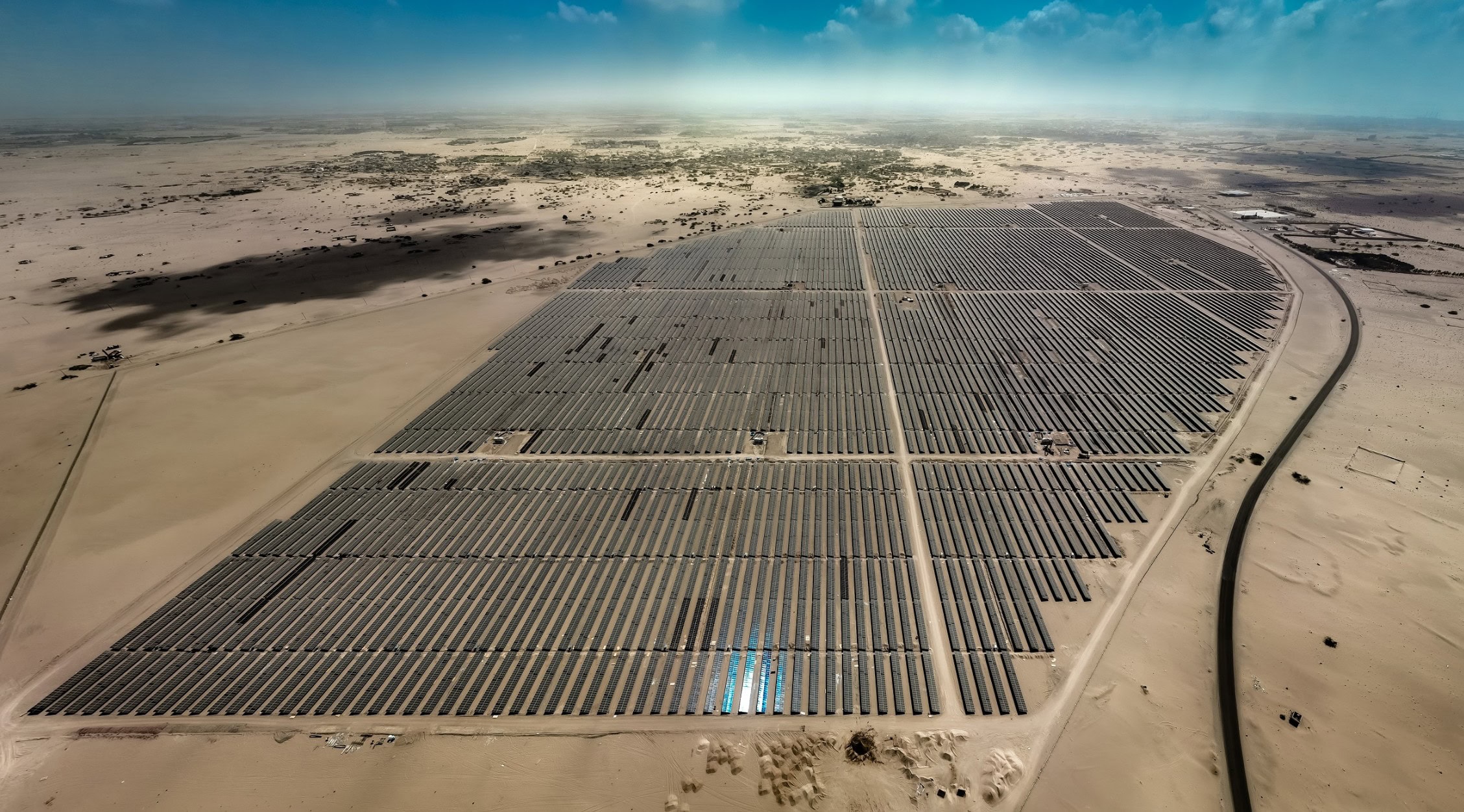
Aden Solar Power Station (Photo provided by the Electricity Corporation to South24 Center)
آخر تحديث في: 03-05-2025 الساعة 2 مساءً بتوقيت عدن
|
|
Abdullah Al-Shadli (South24)
Amid a chronic electricity crisis affecting the city of Aden in South Yemen, the Solar Power Station stands out as a practical model for sustainable solutions and a prominent symbol in the city's journey toward adopting renewable energy sources.
The electricity sector in Aden presents a growing challenge, particularly during the scorching summer months when power demand peaks at nearly 750 megawatts. However, the current power production capacity does not exceed 500 megawatts at best.
The gap, of 250 megawatts or more, which is due to fuel supply shortage, results in repeated power outages. This negatively impacts all aspects of daily life and economic activity in the city.
Although the electricity production during the winter months may meet demand, the fuel crisis remains a major challenge that undermines the stability of the power grid in the city.
The Solar Power Station
In this regard, the UAE-funded Solar Power Station has emerged as a trump card, and played a pivotal role in mitigating the energy crisis and reducing the reliance on fossil fuel sources such as diesel and mazut.
The project, implemented by ’Electro Mecha‘ and officially inaugurated on July 15, 2024, is located in Bir Ahmed in Aden. It is among the most prominent renewable energy projects in the country. The station includes nearly 211,000 solar panels which significantly boost its production capacity.
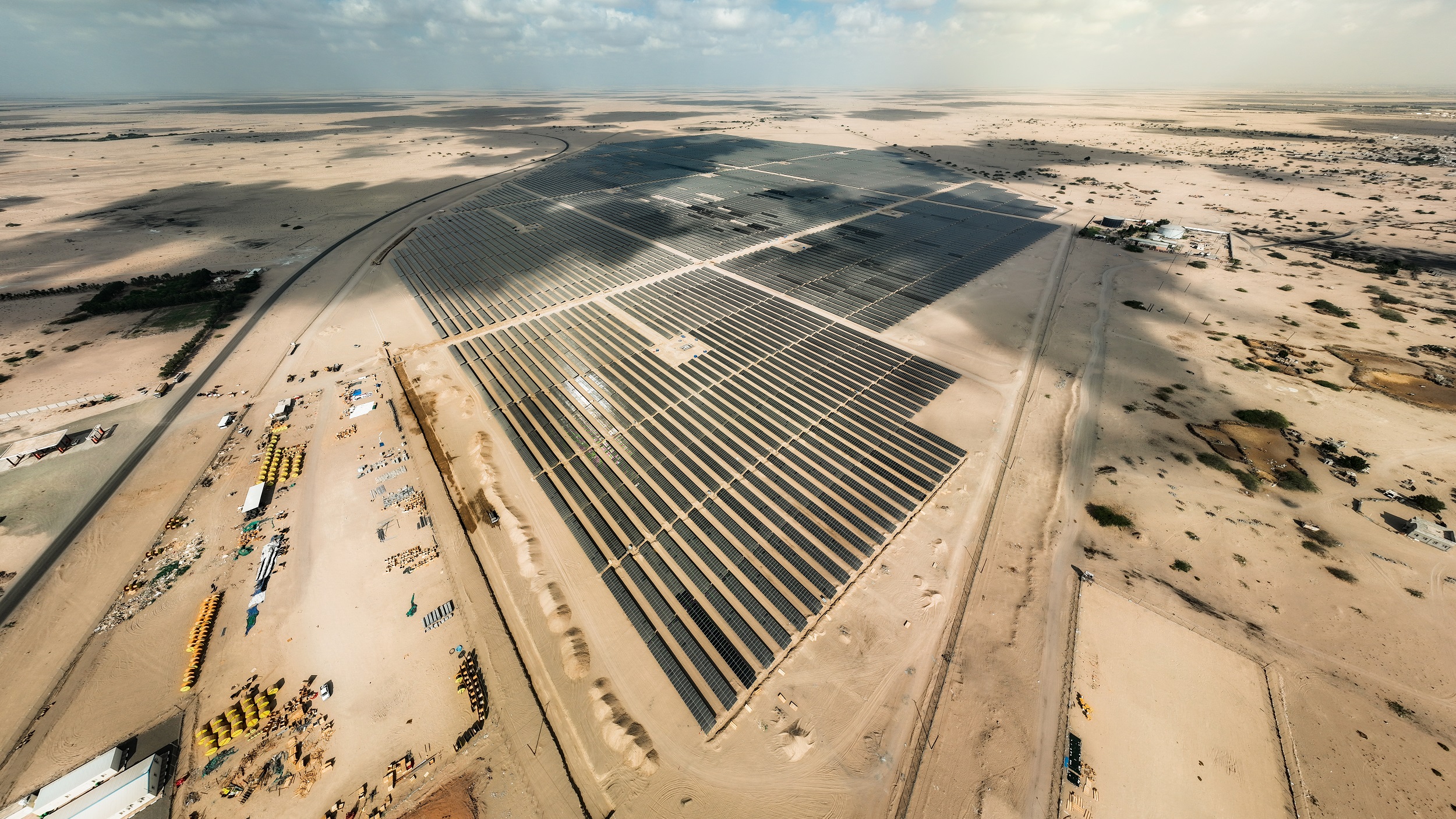
Aden Solar Power Station (Photo provided by the Electricity Corporation to South24 Center)
The plant extends across an area of approximately 1.6 million square meters. It is connected to a conversion station and a solar energy transmission grid, capable of absorbing about 650 megawatts.
Nawar Abkar, Head of the Media Office at the Public Electricity Corporation in Aden, spoke to ’South24 Center‘ about the current volume deficit. He pointed out that the city's peak demand in summer is 750 megawatts while actual availability is 500 megawatts, leading to a shortfall of 250 megawatts.
Abkar stated that the station’s maximum output is 95 megawatts, which is equivalent to the production of the Haswah and Mansoura stations which are powered by fuel oil.
He added: “In light of the lack of fuel and with more than 80% of power stations out of service, this has been the only solar plant operating during the daylight hours. This is in addition to the load center which provides 15 megawatts. The center is used to organize the distribution of electricity and adjust the performance of the Solar Power Station.”
Abkar emphasized the key role the station plays in helping mitigate the electricity deficit and enhancing the grid stability while reducing dependence on fossil fuels.
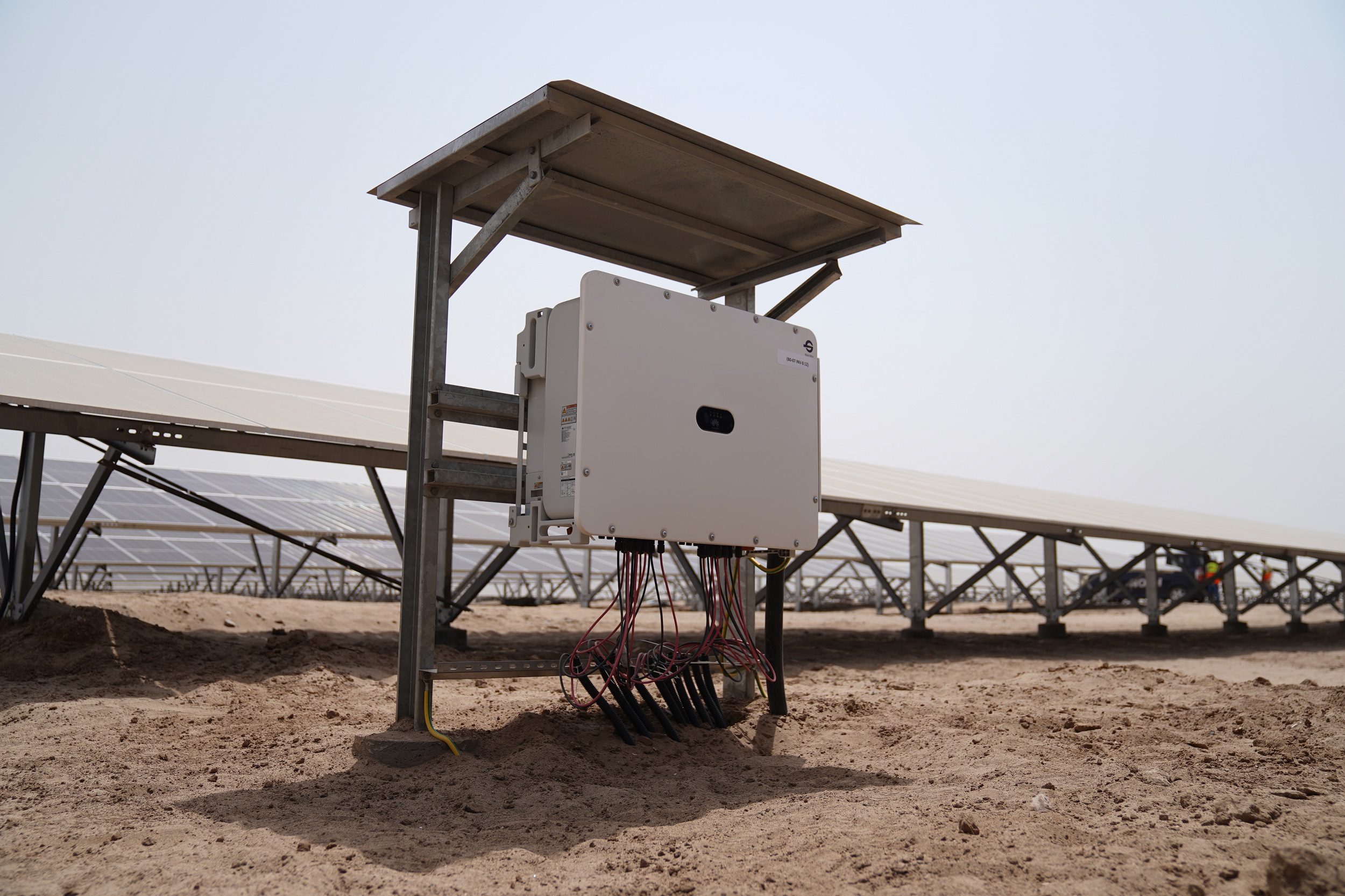
Aden Solar Power Station (Photo provided by the Electricity Corporation to South24 Center)
For his part, electricity expert Eng. Salem Ahmed Bahakim told ’South24 Center‘ that the station produces the equivalent of 80% of its 120 megawatts capacity, based on climate conditions and the intensity of sunlight.
According to him, the station’s efficiency helps to cover a large portion of Aden electricity demand during daylight, thereby helping to reduce fuel consumption.
Future Expansion
Speaking about future plans, Nawar Abkar pointed to a significant development in the station's performance. He said: “A comprehensive study for launching the second stage has been completed. This includes the addition of 120 megawatts along with batteries designed to store 30 megawatts of energy for nighttime use. This system will be used to store energy with a capacity of 30 megawatts.”
According to Abkar, the main components of the second phase include solar panels, converters, and electricity connection systems that would support the planned capacity expansion. He elaborated: “The study is in progress. Work is expected to start in the coming two or three months in parallel with signing of the contracts to begin the second phase.”
“There is a plan designed by the UAE through ‘Masdar’ also known as the ‘Abu Dhabi Future Energy Company’, which includes around five to six phases. Each phase is designed to double the production capacity of the previous one, with the final target set to reach a total capacity of 640 megawatts,” he said.
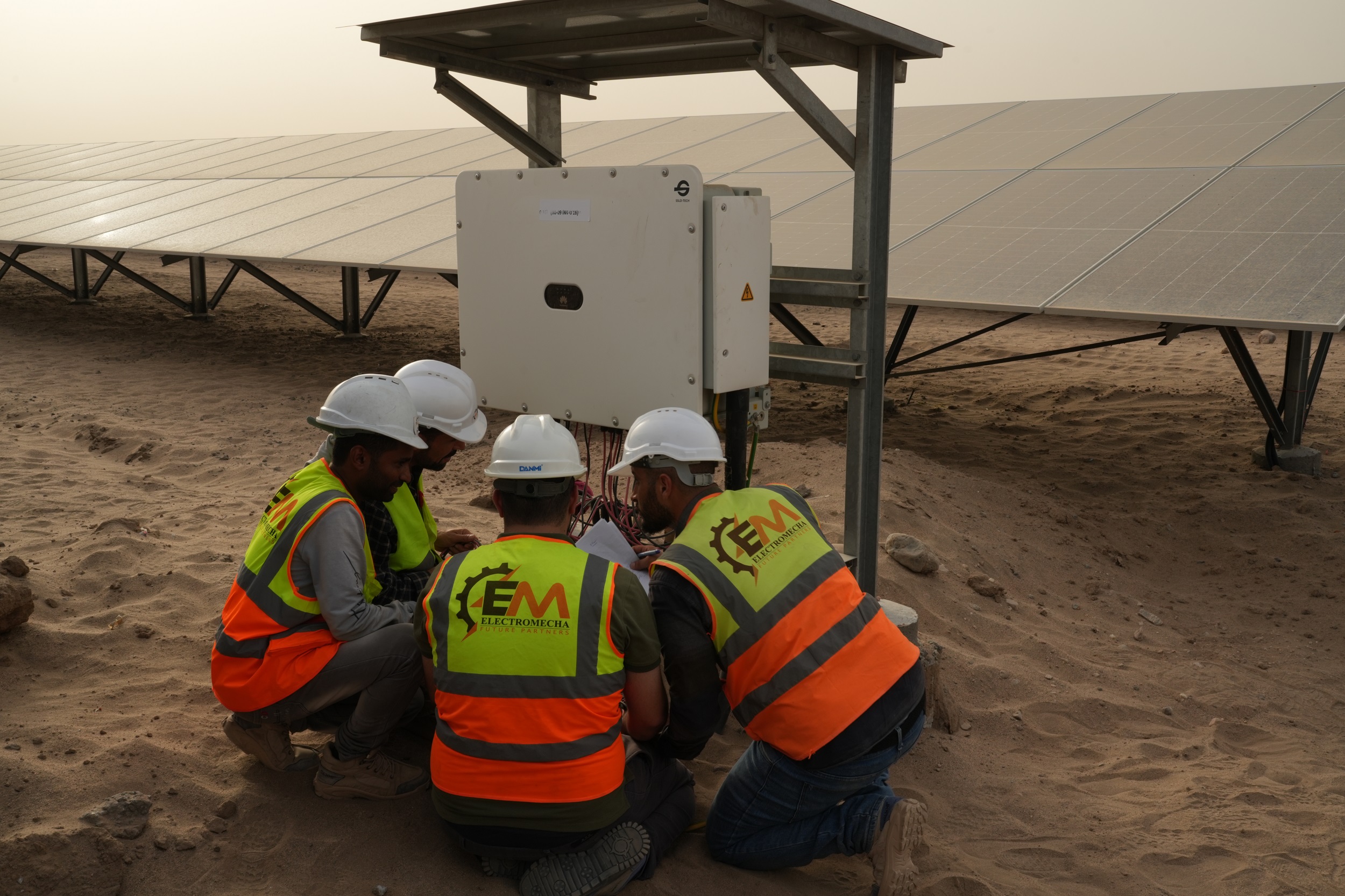
Aden Solar Power Station (Photo provided by the Electricity Corporation to South24 Center)
Abkar said that the station cannot reach full self-sufficiency, but will cover a large portion of Aden’s power demand. He said: “Solar power will see significant production during the daylight hours, amounting to 60-70% of total electricity production in the city when the final energy target is reached.”.
In this regard, Bahakim emphasized the high efficiency of solar energy, considering it among the most effective and low-cost sources of energy. He pointed out that projects are underway to increase the production capacity of the Solar Power Station in Aden to 200 megawatts, as well as for installing storage batteries to enhance performance of the grid.
Challenges
Despite the progress achieved, the station continues to face several challenges. Abkar emphasized the importance of protecting the station from damage, and noted that the solar panels have been occasionally damaged due to the stray bullets fired during wedding ceremonies and other events.
In December, sources at the station said that more than 198 solar panels were damaged due to such stray bullets, which led to a temporary halt in its operations.
Abkar emphasized the need for concerted efforts to curb this phenomenon, given its direct impact on public security and the safety of such service projects.
Bahakim underscored the importance of protecting the station from vandalism and sabotage, as well as addressing climate challenges such as dust storms, which require periodic cleaning of the panels. Moreover, he pointed to the biggest challenge in terms of the lack of government funding, which hinders launching new projects. He also highlighted the need to involve the private sector in developing the electricity sector.
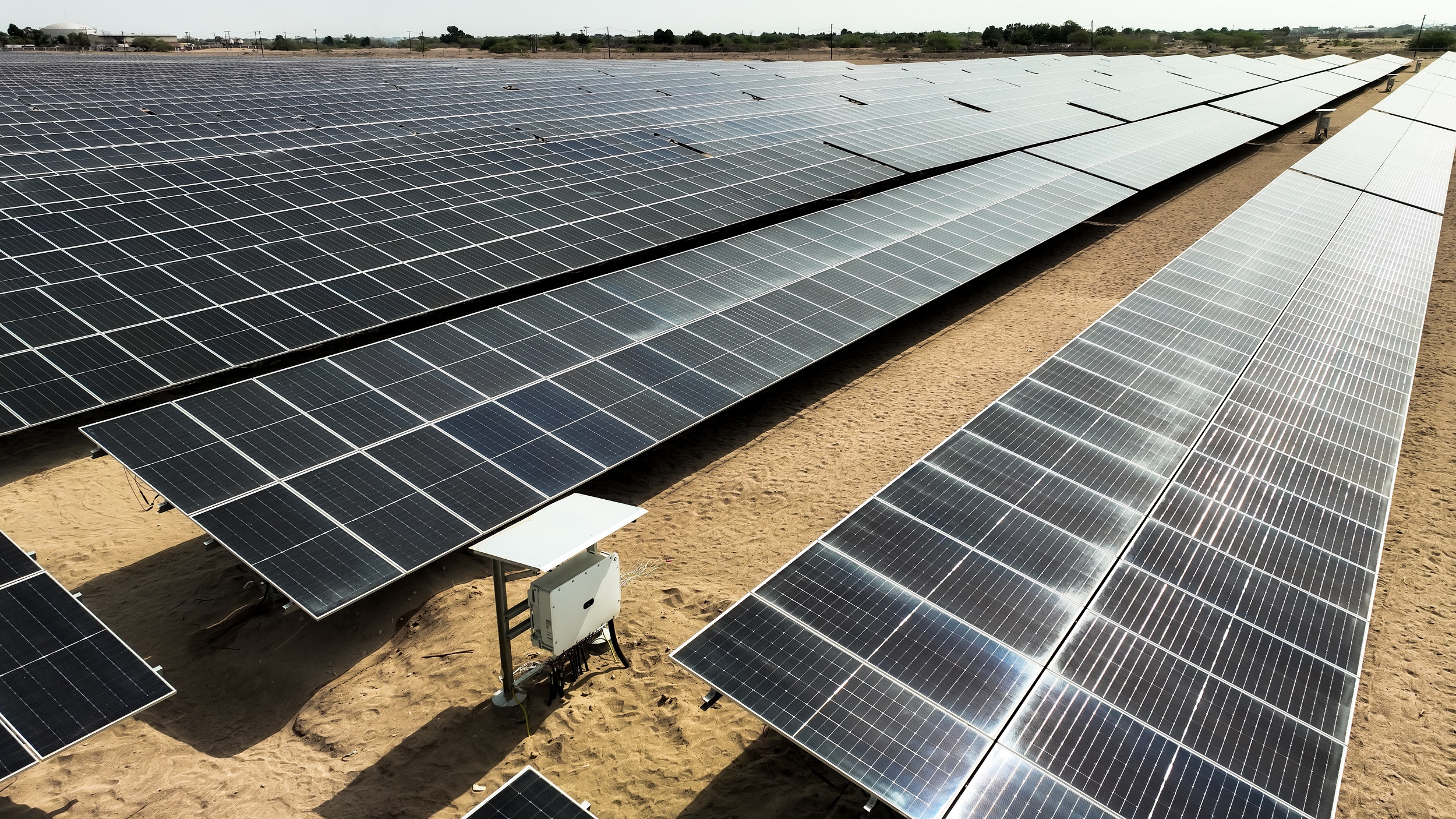
Aden Solar Power Station (Photo provided by the Electricity Corporation to South24 Center)
The Generalization of Experience
Aden’s experience of generating electricity from solar energy has influenced the national discourse on the benefits of renewable energy, with the project inspiring similar efforts in South Yemen’s governorates.
On August 8, 2024, Shabwa Governor, Awad Al-Awlaki, laid the foundation stone for a UAE-funded solar energy power station with a capacity of 53 megawatts, built on an area of 600,000 square meters.
On October 27, 2024, Hadramout Governor, Mabkhout Bin Madi, laid the foundation stone for a 30 MW solar power project in Wadi Hadramout.
On February 20, 2024, Yemen’s Minister for Planning and the Electricity minister discussed with a World Bank team the first phase of the ’Shams‘ solar power project, with a capacity of 25 megawatts distributed between Al-Mahrah (10 megawatts), Abyan(10 megawatts), and Al-Dhalea (5 megawatts), with plans to increase the capacity to 98 megawatts.
However, so far there has been no official announcement about the date for beginning the project.
On February 9, 2025 the city of Mocha in Taiz governorate received equipment for a 40 MW solar power plant on an area of 1,066 square meters, comprising 63,628 solar panels along with 120 electric converters.
As part of efforts to replicate the experience, Nawar Abkar hailed the success of the Aden Solar Power Station as it has paved the way for alternative energy solutions. He said: “The most prominent benefits of solar power projects include reducing reliance on fossil fuel-powered stations, lowering costs, and meeting the energy demand across several governorates.” However, he pointed out that “the dilapidated infrastructure of the electricity sector remains the biggest obstacle”.
For his part, Eng. Salem Bahakim said the solar energy experience can be applied across the nation. He called for adoption of a comprehensive strategy based on clean and low-cost energy sources. According to him, “The lower costs of construction and operation are among the most significant benefits of solar power. Its production cost does not exceed 25% of that of traditional stations.”
The Aden Solar Power Plant represents an effective model for transitioning to clean and sustainable energy in Yemen. With the continued expansion of such projects, Eng. Bahakim believes that these initiatives can improve grid performance, reduce financial burdens and improve the living conditions of people in Aden and other places.
He concluded: “To achieve these goals, the generation capacity must be significantly enhanced, while making renewable energy the central pillar of sustainability.”
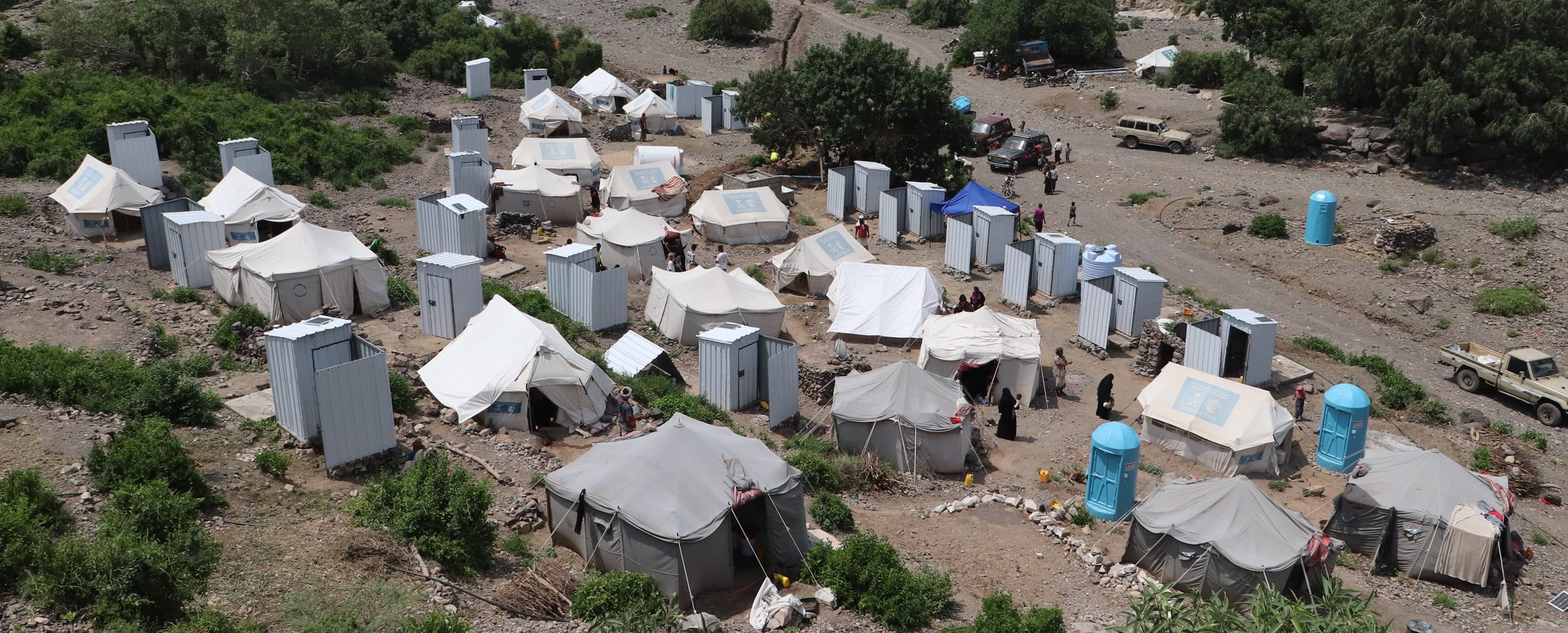
قبل 3 أشهر
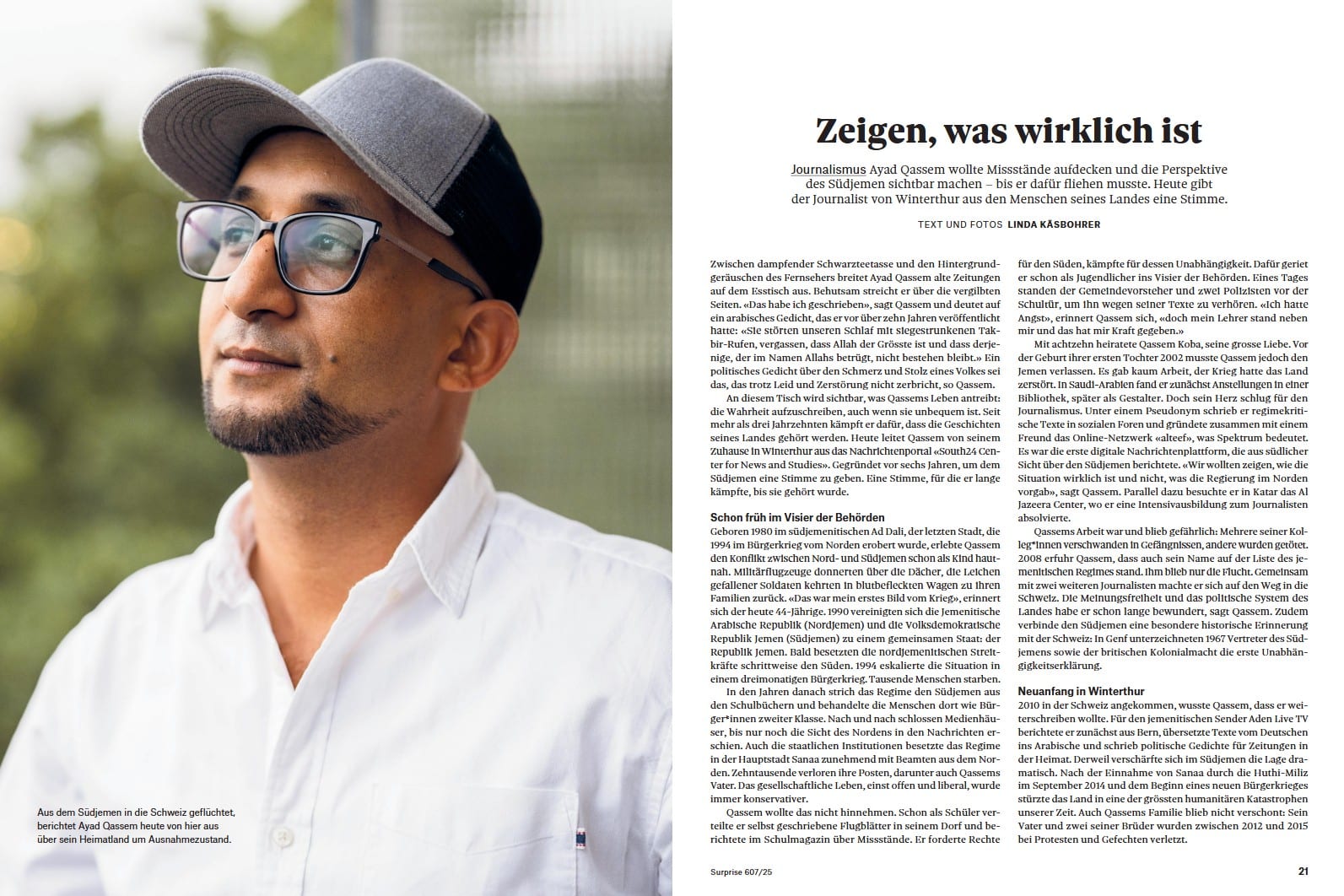
قبل 3 أشهر